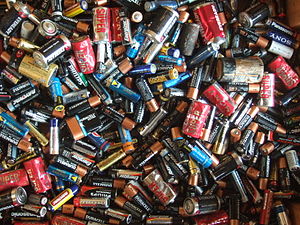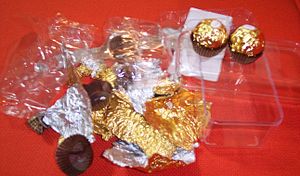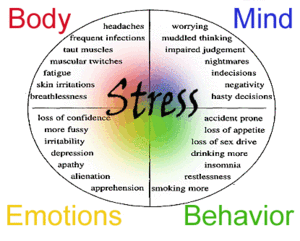| Pile of e-Waste / Electronic waste. (Photo credit: Wikipedia) |
It generally isn’t too difficult to find a local place to recycle your junk. Some places, particularly in areas where recycling is mandatory, have drop off sites, but if not there are generally businesses that will have recycling events or will take the waste all the time. They are willing to recycle for you because it gets you in the door of the store. If no one is advertising recycling in your area, ask at local electronic stores. If they don’t recycle, ask if they know who does.
There are also quite a few places that offer to recycle your ewaste, but be wary of what is happening to it once it gets into their hands. Many companies have large collections only to simply send the products overseas to be thrown in landfills there. This not only harms the environment, it can also harm the people in that area that don’t have the same standard of living as we do. Be sure to look into the place that is claiming to recycle your old stuff.
| Workers gather computers, printers, and other electronics during Ewaste at Naval Air Station North Island. (Photo credit: Wikipedia) |
While many people rush to recycle their old ewaste, if it still works, or even if it doesn’t, you may consider selling it or donating it to a local charity. Just because an electronic device isn’t the newest, latest thing doesn’t mean that someone doesn’t want it. TVs can be used by families in need to stay up on the news, and old computers, even if they’re not working, can be taken apart and used for parts.
If you don’t believe people will want your “ancient” electronics, do some quick searching on YouTube. People are using electronics for tons of crazy things nowadays, from art to planters and more. If you want an idea on whether you can sell it or should just give it away, do a quick search on eBay and see what similar items are going for.
By taking a bit of extra time to recycle your old electronics, you’ll be doing the environment a world of good, and might make a little money for yourself in the process.



















